
I agree Our site saves small pieces of text information (cookies) on your device in order to deliver better content and for statistical purposes. You can disable the usage of cookies by changing the settings of your browser. By browsing our website without changing the browser settings you grant us permission to store that information on your device.
Cardiovascular diseases (CVD) are the primary cause of mortality over the world. Major CVD are caused by atherosclerotic plaques, valve dysfunctions, cardiomyopathy, arrhythmia, and heart infections. We provide you with several tests to evaluate functional or anatomical abnormalities related to heart and vessels.
See our Anatomopathology dedicated page to explore all our available tests.
The measurement of various blood metabolites, ions, and enzymes provides a primary screen for function of major metabolic organs such as kidney, liver, gastrointestinal tract, as well as for lipid and glucose homeostasis.
A panel of parameters is proposed, including:
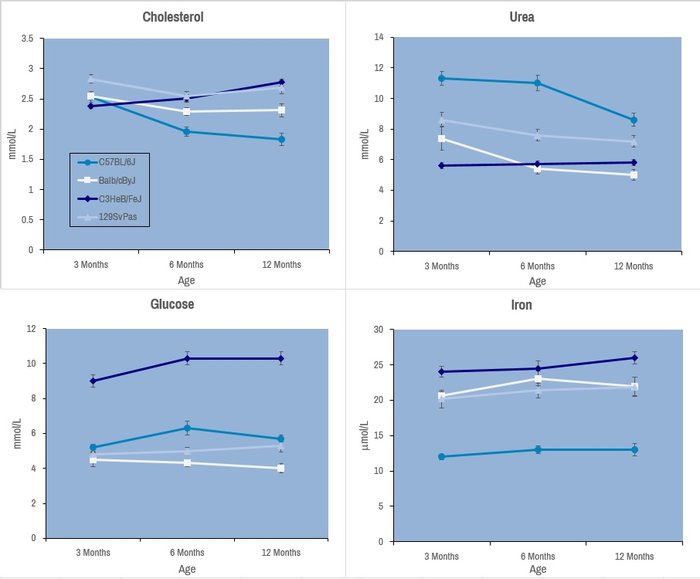
Selected plasma chemistry data from female mice (N=20 per line) of common laboratory strains at different ages (Champy et al. Mammalian Genome 2008). Error bars reflect ± SEM.
These tests are performed with an AU-480 automated laboratory work station (Beckman Coulter France SAS, Villepinte, France).
Determination of prothrombine time, activated partial thromboplastin time and fibrinogen activity.
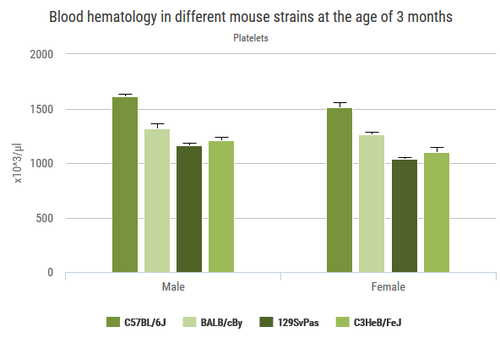
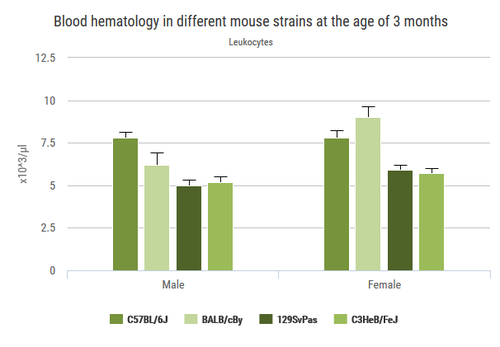
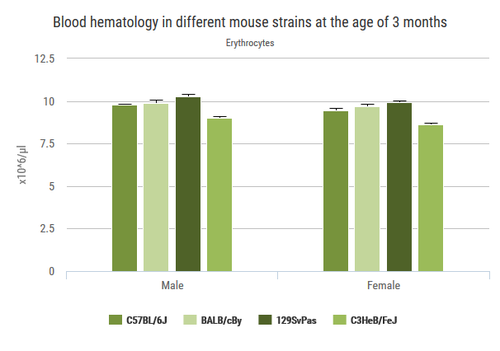
ST4 semi automated coagulometer (Diagnostiqua Stago, Gennevilliers, France).
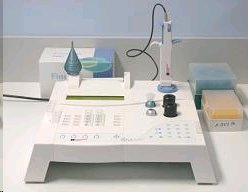
It is recommended to collect blood by intra-cardiac puncture.
Echocardiography is considered the first-line diagnostic test, from which subsequent imaging or interventions can be recommended.
The Vevo 2100 High-Frequency Ultrasound Systems have been developed specifically for use in small animal imaging and are ideally suited for mouse or rat echocardiography. With center operating frequencies ranging from 15MHz to 50MHz one imaging system can be used to assess cardiac function from embryo to adult in many commonly used small animal models.
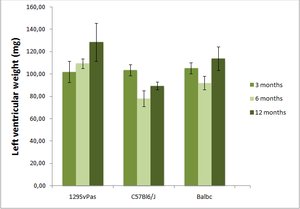
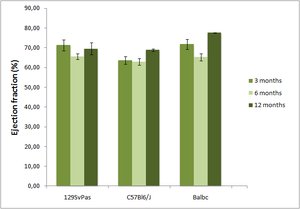
Vevo imaging System (VISUALSONICS, Amsterdam, The Netherlands).
Number of animals: 7-9 mice/gender/genotype
Evaluation of the electrical activity of the heart in anesthetized mice.
Experimental reproduction of a cardiac infarction by reversible suturing.
Implantation of a cannula probe to directly measure arterial of ventricular blood pressure in an anesthetized mouse.
Pathological model resulting in average 10% increase in blood pressure but with major fibrosis and left ventricle thickening.
We perform multi-derivation ECG heart in anesthetized mice with 8 probes to generate information about how the electrical activity propagates in 3 dimensions and to determine the electrical axis of the heart. Axis deviations may result from cardiac injury or from a congenital defect.
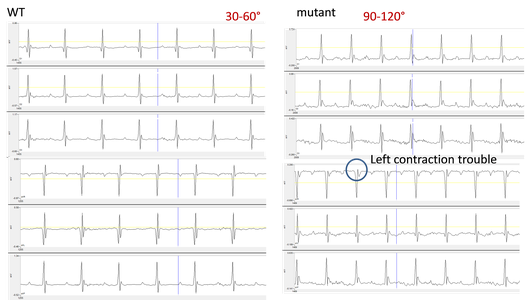
Electrical heart axis difference and specific electrical transmission issues are determined by multiderivational ECG. Multiderivational ECG profiles of a wild-type mouse (left) and mutant mouse (right). Deviated profiles in the mutant animal suggest a left-heart contraction deficiency as well as rotation of the electrical axis to 90-120⁰ from the normal 30-60⁰.
Any strain background can be used
Electrocardiograph ISO DAM8 amplifier (World Precision Instruments, Sarasota, USA) with ECG AUTO v3.3.5.5 (Emka technologies, USA) and 8 lead positions probes.
We recommend 6 mice per group minimum in same anaesthesia conditions and probes positions
Regular forced exercise can create a situation of cardiac hypertrophy. We utilize a swimming regimen in a warm pool over several weeks to induce cardiac hypertrophy.
Telemetry blood pressure and heart rate: continuous recording of the systolic, diastolic and mean blood pressure and heart rate in conscious mice.
Telemetry EKG: continuous recording of electrocardiogram in conscious mice.
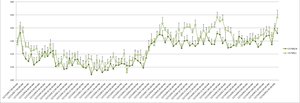
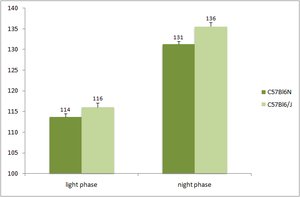
24 channels Data Sciences International acquisition system with 24 RPC-1 telemetric probe
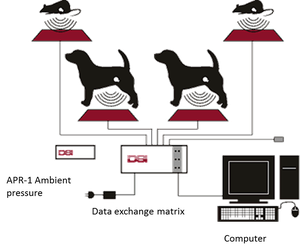
The receiver is the RPC-1 receiver - DSI
-The Data Exchange Matrix - DSI
-The Computer (Dell) - DSI
-The Data Acquisition and Analysis System (Dataquest) - DSI
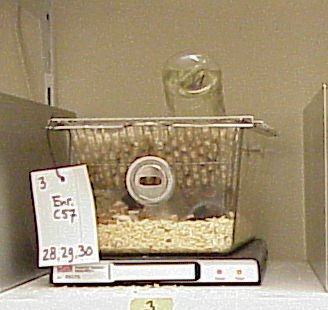
Telemetry blood pressure and heart rate
The implantable telemetry, PA-C10 Device (transmitter), for blood pressure and heart rate - DSI
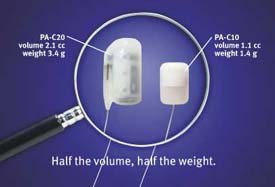
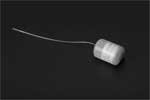
Telemetry EKG
The implantable telemetry devices (transmitters) – DSI ETA-F20 Device for Electrocardiogram
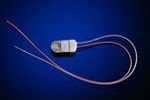
Number of animals: 8-10 mice/gender/genotype
Optimal body weight: 30g
Use of hypoxia chambers to induce Pulmonary Arterial Hypertension (PAH) for three of four weeks demonstrates significant resemblance to WHO group III categorized PAH, which includes COPD.
Exposure to chronic hypoxia provides a model of COPD and other PAH disorders in mice. For C57BL/6 mice maintained for 21 days at 0% we see highly significant increases in haematocrit, cardiomyocyte surface area, and right ventricular systolic pressure mimicking human PAH.
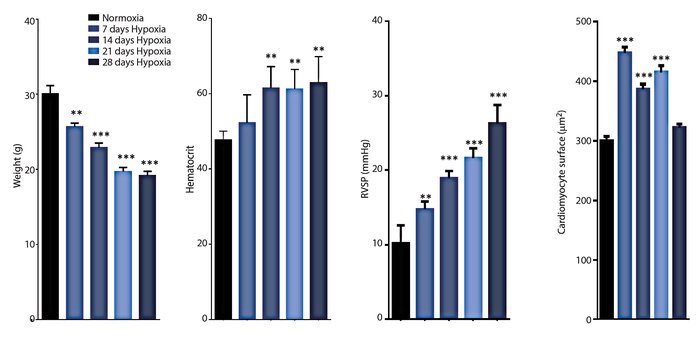
Exposure of C57BL/6N mice to 10% O2 for extended periods resulted in (A) weight loss; (B) increased hematocrit; (C) increase right-ventricular systolic pressure (RSVP); and (D) increased cardiomyocyte surface area.
Pathological model resulting in average 37% increase in blood pressure with small decrease of myocardial relaxation.
Pathological model resulting in average 18% increase in blood pressure with thinkening of arteries and left ventricle.
Pathological model resulting in average 17% increase in blood pressure and some left ventricular hypertrophy.
Determination of systolic blood pressure and heart rate in conscious mice by tail-cuff method.
Two apparatus of BP-2000 seriesII 6 channels (Visitech Systems, Apex, North Carolina, USA)
Number of animals: 9 mice/gender/genotype . Maximum age : 8 weeks
Scan arteries and veins with ultrasound to :
The Vevo 2100 High-Frequency Ultrasound System from Vevo Imaging Systems (VISUALSONICS, Amsterdam, The Netherlands).
Number of animals: 7 mice/gender/genotype/experimental group
Identification of specific bacterial loads present in the feces of mice by virtue of quantitative ribosomal 16S DNA sequencing.
For more details, please see our Microbia profiling dedicated section.
Core body temperature is affected by numerous physiological changes including systemic inflammation, altered nutrient consumption, and physical exertion. Due to circadian changes in body temperature, it is important to measure at regular times of day.
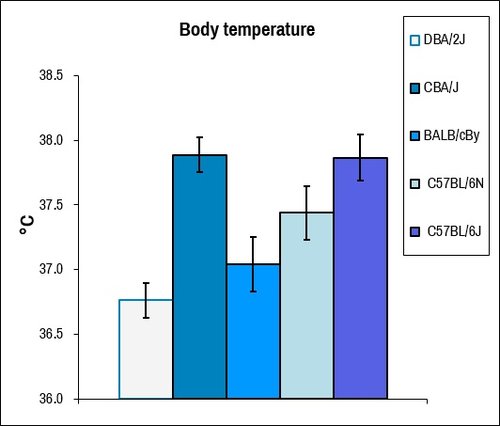
Comparison of core body temperature between males mice (N=7) of commonly used laboratory strains determined by digital rectal thermometer.
See our Gene expression analysis dedicated page to explore our different related tests.
See our In vivo Viral Transduction dedicated page to explore our frequently used vectors and delivery modes including stereotactic admininistration (intraventricular and cerebellar)
With several months notice, we can procure and provide a variety of different restriction diets for nutritional analyses in conjuction with our other analyses.
We can procure and provide a high sodium diet for vascular, renal, and cardiac challenges.
Pathological model resulting in average 37% increase in blood pressure with small decrease of myocardial relaxation.
The Apoe targeted mutation mice (Apoe -/-) are unable to produce apolipoprotein E which is essential for the transport and metabolism of lipids. These mice have a markedly altered plasma lipid profile compared to normal mice, and rapidly develop atherosclerotic lesions. A diet high in fat and cholesterol increases the incidence of atherosclerosis in these mice and this model is a useful model especially for pharmacological studies.
Mice deficient in low density lipoprotein receptor (Ldlr) have an elevated serum cholesterol level and display very high levels when fed a high fat diet. This model is also commonly used for hyperlipidemia and atherosclerosis research.
Tests proposed:
Pathological model resulting in average 18% increase in blood pressure with thinkening of arteries and left ventricle.
Experimental reproduction of a cardiac infarction by reversible suturing.
Pathological model resulting in average 10% increase in blood pressure but with major fibrosis and left ventricle thickening.
Pathological model resulting in average 17% increase in blood pressure and some left ventricular hypertrophy.
Use of hypoxia chambers to induce Pulmonary Arterial Hypertension (PAH) for three of four weeks demonstrates significant resemblance to WHO group III categorized PAH, which includes COPD.
Exposure to chronic hypoxia provides a model of COPD and other PAH disorders in mice. For C57BL/6 mice maintained for 21 days at 0% we see highly significant increases in haematocrit, cardiomyocyte surface area, and right ventricular systolic pressure mimicking human PAH.

Exposure of C57BL/6N mice to 10% O2 for extended periods resulted in (A) weight loss; (B) increased hematocrit; (C) increase right-ventricular systolic pressure (RSVP); and (D) increased cardiomyocyte surface area.
With several months notice, we can procure and provide a variety of different restriction diets for nutritional analyses in conjuction with our other analyses.
We can procure and provide a high sodium diet for vascular, renal, and cardiac challenges.

Selected parameters from metabolic cage collection used to analyse renal function of C57BL/6J mice upon provision of diets with different sodium (Na) content. Standard diet = 0.25% Na+; Low Na diet = 0.03% Na+; High Na diet = 3% Na+. Error bars reflect ± SEM.
Regular forced exercise can create a situation of cardiac hypertrophy. We utilize a swimming regimen in a warm pool over several weeks to induce cardiac hypertrophy.
See our In vivo Viral Transduction dedicated page to explore our frequently used vectors and delivery modes including stereotactic admininistration (intraventricular and cerebellar)